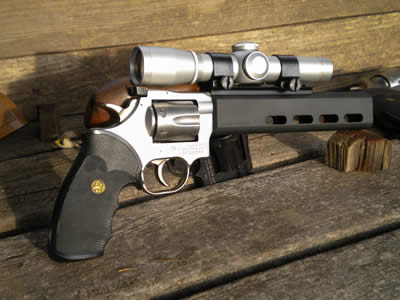Supporter
Range Officer

Moderators

DWF Supporters

Dans Club
December 4, 2011
 Offline
OfflineI was at a gunshow recently and picked up a box of 230gn .375 cast bullets since they are hard to find. I measured them and they are sized to .378 and when I try to put them thru my chamber throats by hand they hang up. I can tap them thru with a rod but they looked visibly scuffed. My question for you cast reloaders out there is how loose or tight should they be? I don't want to blow up the gun. Should I have these resized or should they be melted down and recast? Just trying to find something I can safely use since jacketed .375's are so scarce.
Anything worth doing is worth doing well.
My father
If a man designed it, and a man built it, then a man can fix it.
My grandfather
Range Officer

Range Officers

Dans Club
March 27, 2009
 Offline
OfflineSupporter

DWF Supporters
October 14, 2010
 Offline
OfflineI'm no expert but from what I have read the bullets should fit the barrel tight but they should pass through the cylinder without much effort. You don't want the cylinder sizing the bullets down. No need to melt them down. You can resize them to fit through your cylinder but then they may be loose in the barrel. That may cause leading.
What is the diameter of your barrel grooves?
Are these bullets gas checked?
Cast bullets take more thought than jacketed to get good results.
When Ron sees this he will be able to help more than me.
Support your local IHMSA range.
Supporter

Moderators

Dans Club
February 22, 2009
 Offline
OfflineNo issues, IMO. My throats are .377" and I cast/ size at .378-.3785". My size die is .379" and depending on the bhn of the alloy, they size at the different diameters.
Typically, with cast bullets I size .001-.002" over throat size in revolvers and bore on rifles. I slug everything to identify restrictions in barrels- particularly in Roogars. They are typically a bit constricted at the barrel/ frame junction. Shooting cast in revolvers can be tricky for good accuracy and no leading- you must know your dimensions as Hosspower alluded to. Some reading on the subject:
Technically, the glass is always full; half liquid, half air....
1 Guest(s)

 Register
Register Log In
Log In
 Home
Home





